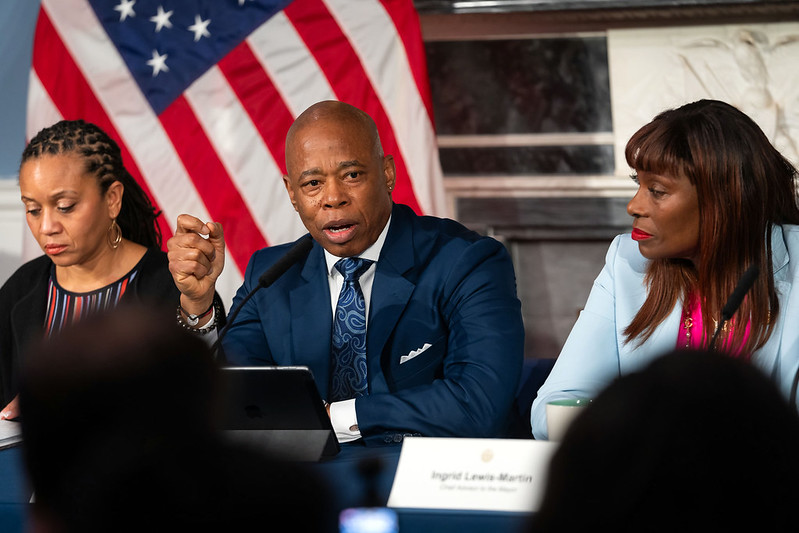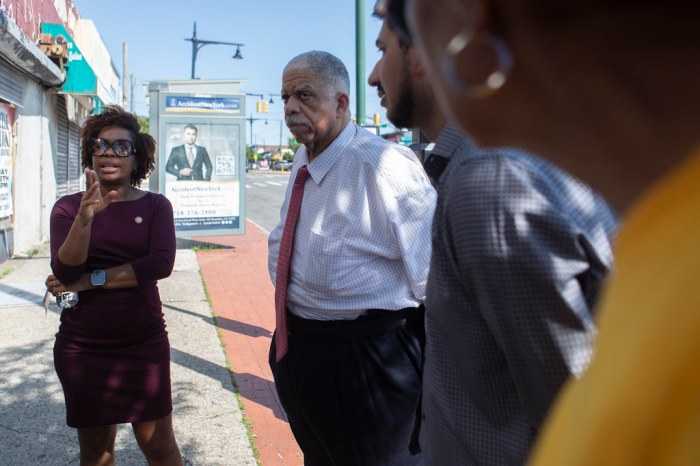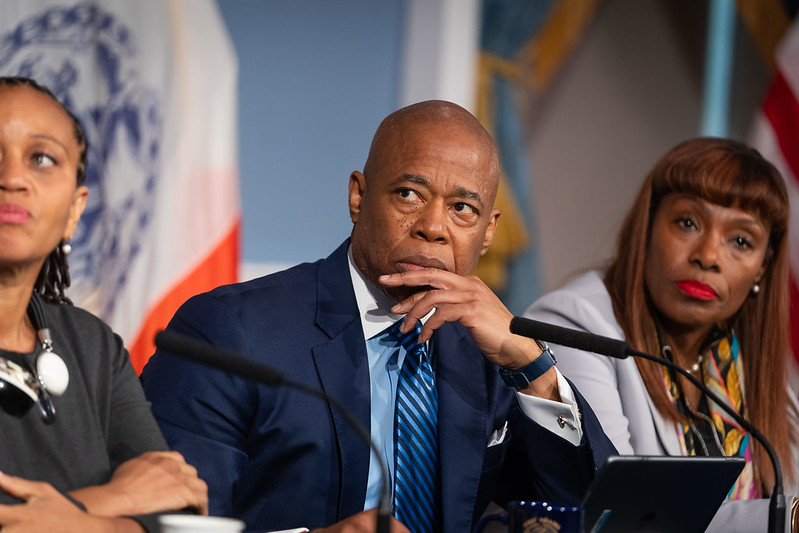Dear Editor:
City Council Member Jimmy Van Bramer can lead by example by supby porting his “Growing Support For ‘One Percent for Culture’ Movement.” (Feb. 7).
He could donate one percent of his annual salary to his favorite cultural organization. He could also ask the other fellow members of the New York City Council, along with many staff members who all earn $100,000 or more to do the same.
His call for programming one percent of the annual municipal budget would cost taxpayers $700 million, assuming the upcoming July 1, 2013- June 30, 2014 budget comes in at $70 billion. This sounds great before one looks at the cost. Many would argue with a pending multi-billion dollar shortfall that expenditures supporting police, fire, sanitation, education, health, housing and transportation are higher priorities.
Why is Van Bramer silent concerning the August 2011 investigation by Gov. Andrew Cuomo into the exorbitant salaries of chief executives at some of the same so-called private non-profit cultural organizations he supports? Before shedding tears for leaders of private non-profit institutions when they protest potential budget cuts from the city, state or federal governments, check out their respective organization finances, especially salaries to their executive management team.
Too many executives of nonprofit cultural institutions earn a base salary of several hundred thousand dollars. Some even earn over one million per year.
This is supplemented by bonuses, generous health plans, subsidized housing and retirement packages equivalent to or greater than the president, governor, mayor, any public official, many private sector corporate executives earn or ordinary citizens.
In many cases, these institutions pay excessive funds to public relation firms and lobbyists hired to go after grants from city, state and federal governments. Many of these grants are hidden under member items when annual budgets are adopted by New York City, New York State and Washington. Others attempt convincing public officials to support earmarking cash for their institutions.
In these lean times, executives of non-profit cultural organizations can set an example for others. They could take a pay cut and donate some of the excessive compensation or consider giving up some perks to help their institutions bottom line. Most New Yorkers do not make $100,000 per year.
How many newspaper articles have we read concerning corruption in the relationship between elected officials and cultural institutions? See “Senator Admits To Stealing $$$, Huntley Funneled Cash Through Nonprofit” (Feb. 7).
Why do elected officials see the need to use tax revenues to fund their own donations to cultural institutions? These are known as member items and in too many cases have in the past really been pork barrel projects.
Why can’t they make their own personal direct charitable donations to the cultural institutions of their choice? Just how much cash do elected officials personally donate to charities each year out of their own salaries? Many could dip into excessive surplus campaign funds to make a donation.
They could also host a fundraiser asking some of their regular campaign contributors to support cultural institutions.
In addition to financial contributions, millions of Americans also donate time each week to perform volunteer work at their favorite cultural institution. How many public officials do the same?
Larry Penner
Great Neck

































